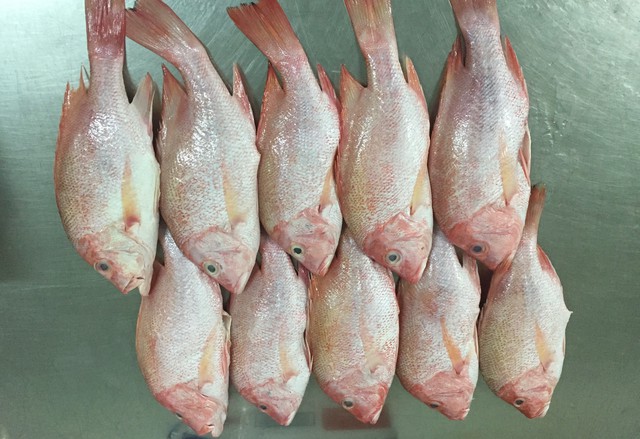SOURCE: OPB
DATE: March 19, 2019
SNIP: For certain snappers, a market preference for plate-size whole fillets is driving fishermen to target smaller fish. For some wild fish populations, this is a recipe for collapse.
“The preferred size of a fillet in the U.S. market corresponds to juvenile fish that haven’t had a chance to reproduce,” says conservation biologist Peter Mous, director of the Nature Conservancy’s Indonesia Fisheries Conservation Program. “A lot of species here are heavily overfished, and this demand for small fillets is making things worse.”
The reproductive patterns and growth rates of these fish vary widely, but with virtually all species, the market prefers what are essentially baby fish. He says many snapper species have already been depleted to an estimated 10 percent of their unfished biomass — a term that refers to a population’s total mass, rather than the number of individuals.
The demand for smaller fish seems to be coming mainly from the American retail and restaurant market, where many chefs and large-scale caterers tend to prefer not only whole intact fillets, but fillets that, on their own, perfectly constitute a single portion.

